Home>Gardening & Outdoor>Landscaping Ideas>At What Temperature To Stop Watering Grass
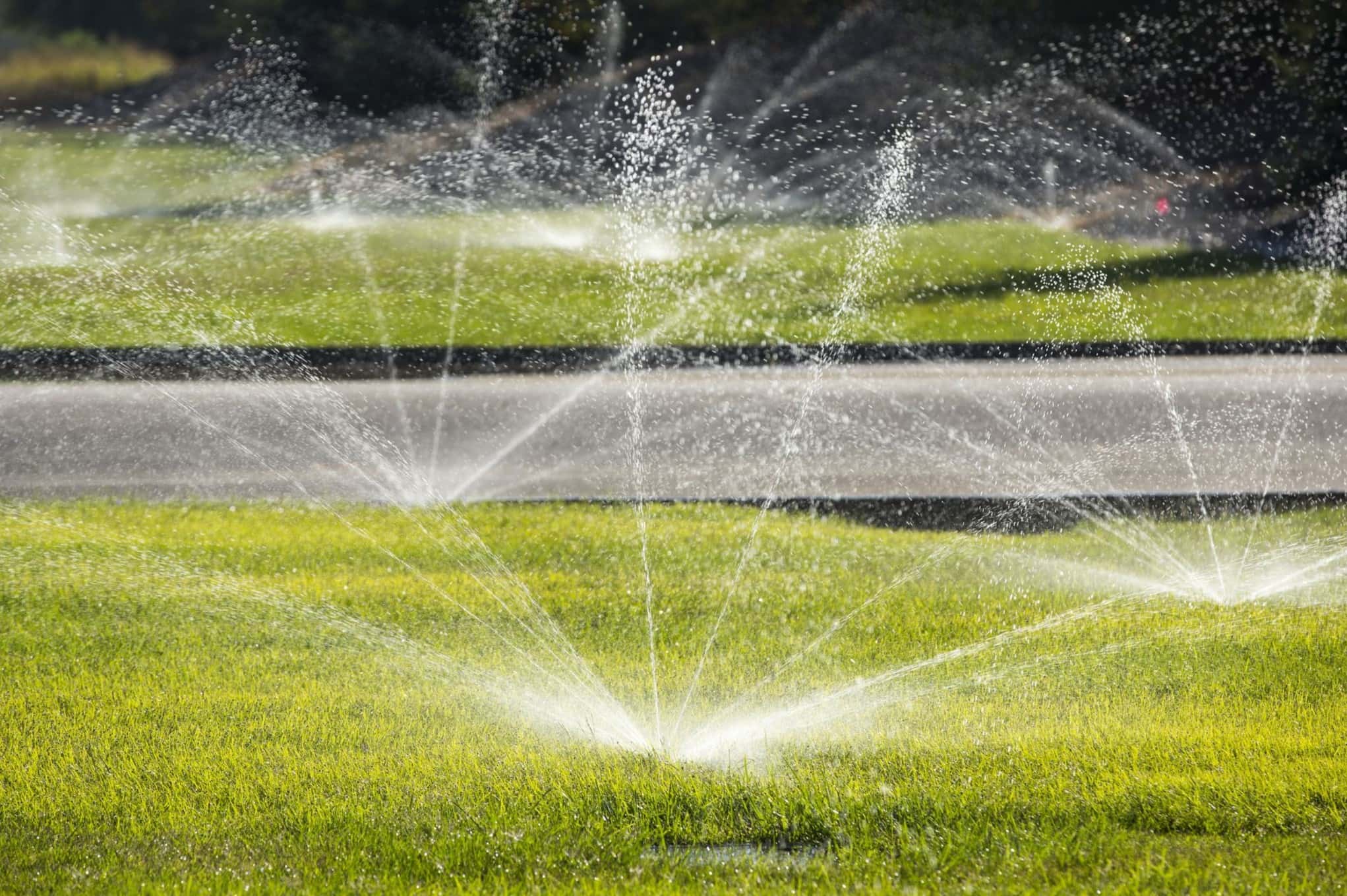

Landscaping Ideas
At What Temperature To Stop Watering Grass
Modified: March 2, 2024
Find expert tips on landscaping ideas for determining the right time to stop watering your grass. Learn about the best temperature for maintaining a healthy lawn.
(Many of the links in this article redirect to a specific reviewed product. Your purchase of these products through affiliate links helps to generate commission for Storables.com, at no extra cost. Learn more)
Introduction
When it comes to maintaining a lush, vibrant lawn, proper watering is crucial. However, as the seasons transition and temperatures fluctuate, it's essential to adjust your lawn care routine accordingly. One common question that arises among homeowners and gardening enthusiasts is, "At what temperature should I stop watering my grass?" This concern is valid, as understanding the impact of temperature on grass and determining the optimal time to cease watering can significantly contribute to the overall health and appearance of your lawn.
In this comprehensive guide, we will delve into the effects of temperature on grass, explore best practices for watering your lawn, and ultimately address the critical question of when to stop watering your grass. By gaining insight into these aspects of lawn care, you will be better equipped to nurture a thriving, resilient lawn throughout the changing seasons. So, let's embark on this journey to uncover the secrets of optimal grass watering and ensure that your lawn remains a source of pride and beauty year-round.
Key Takeaways:
- Proper watering of grass is crucial for a healthy lawn. Understanding the effects of temperature on grass and adjusting watering practices accordingly can help maintain a vibrant and resilient lawn.
- By observing weather patterns, soil moisture, and grass growth, homeowners can determine the right time to stop watering their grass. This proactive approach promotes optimal lawn health while conserving water resources.
Read more: At What Temperature Grass Stops Growing
Understanding the Effects of Temperature on Grass
Temperature plays a pivotal role in the growth and overall well-being of grass. As the mercury rises, the rate of evaporation accelerates, leading to increased moisture loss from the soil and the grass itself. Conversely, cooler temperatures slow down this process, allowing the soil to retain moisture for a more extended period. Understanding these dynamics is crucial for tailoring your lawn care practices to the specific needs of your grass.
During periods of intense heat, grass is more susceptible to dehydration, which can result in unsightly browning and wilting. This is a defense mechanism employed by the grass to conserve energy and moisture during challenging environmental conditions. In contrast, cooler temperatures provide a more favorable environment for grass to thrive, enabling it to maintain its lush green hue and vigorous growth.
It’s important to note that different grass species have varying temperature tolerances. Cool-season grasses, such as Kentucky bluegrass and fescue, exhibit optimal growth in cooler temperatures ranging from 60 to 75 degrees Fahrenheit. As temperatures soar beyond this range, these grasses may experience stress and reduced growth rates.
On the other hand, warm-season grasses, including Bermuda grass and Zoysia grass, thrive in warmer climates and are more resilient in the face of high temperatures. However, even these hardy grasses have their limits, and prolonged exposure to extreme heat can impede their growth and vitality.
By comprehending the effects of temperature on grass, you can adapt your lawn care practices to provide optimal growing conditions for your specific grass type. This knowledge empowers you to make informed decisions regarding watering schedules and helps you recognize the signs of temperature-induced stress in your lawn. Armed with this understanding, you can take proactive measures to ensure that your grass remains healthy and resilient in the face of temperature fluctuations.
Best Practices for Watering Grass
Effective watering is essential for nurturing a vibrant, robust lawn. By adhering to best practices for watering grass, you can promote healthy root development, minimize water waste, and fortify your lawn against environmental stressors. Here are some key strategies to optimize your grass watering regimen:
- Water deeply and infrequently: Rather than frequent shallow watering, aim to deliver a deep soak to encourage the development of deep, resilient roots. This promotes drought tolerance and overall grass vitality.
- Time your watering sessions: Water your lawn during the early morning hours to minimize evaporation and ensure that the grass has ample time to dry before nightfall. This reduces the risk of fungal diseases caused by prolonged moisture on the grass blades.
- Observe signs of dehydration: Keep a close eye on your grass for indications of moisture stress, such as wilting or a bluish-gray hue. These signs signal the need for watering and can help you adjust your watering schedule accordingly.
- Consider your soil type: Understand the composition of your soil, as it influences water retention and drainage. Sandy soils drain more rapidly, requiring more frequent watering, while clay soils retain moisture for longer periods.
- Utilize proper irrigation methods: Whether you opt for sprinklers, drip irrigation, or soaker hoses, ensure that your chosen method delivers water evenly across the lawn and minimizes runoff.
- Monitor local watering restrictions: Stay informed about any water usage restrictions in your area and adhere to the prescribed guidelines to conserve water and comply with local regulations.
By embracing these best practices, you can elevate the effectiveness of your grass watering efforts, fostering a resilient and visually appealing lawn. Implementing these strategies not only benefits the health of your grass but also contributes to water conservation and environmental sustainability.
Stop watering your grass when the temperature consistently drops below 50°F (10°C). This is because the grass growth slows down and it requires less water during cooler temperatures.
Determining the Right Time to Stop Watering Grass
As the seasons transition and temperatures begin to fluctuate, it becomes imperative to discern the optimal time to cease watering your grass. This decision is influenced by various factors, including the prevailing weather conditions, the specific needs of your grass species, and the overarching goal of promoting a resilient, well-maintained lawn. To make an informed determination, consider the following guidelines:
- Observe the weather patterns: Pay attention to the weather forecast and take note of any anticipated temperature changes. As cooler temperatures become more prevalent, the moisture requirements of your grass will diminish, signaling the need to adjust your watering schedule.
- Assess soil moisture: Gauge the moisture levels in the soil by conducting a simple soil moisture test. Insert a screwdriver or soil probe into the ground. If it penetrates the soil with ease and encounters moisture, your lawn likely has adequate moisture levels, indicating a reduced need for watering.
- Monitor grass growth: As temperatures decrease, the growth rate of grass typically slows down. This reduced growth diminishes the grass’s demand for water, signaling that it may be time to taper off your watering frequency.
- Consider the grass species: Take into account the specific temperature tolerances and growth patterns of your grass species. Cool-season grasses may enter a period of dormancy as temperatures drop, necessitating a reduction in watering, while warm-season grasses may exhibit decreased growth rates, indicating a similar need for reduced watering.
- Evaluate visual cues: Observe the appearance of your grass. If it maintains its vibrant green color and exhibits resilience to foot traffic, it likely has ample moisture and may not require as frequent watering.
By integrating these considerations into your lawn care routine, you can effectively determine the right time to curtail your grass watering efforts. This proactive approach enables you to align your watering practices with the evolving needs of your lawn, fostering its health and vitality while conserving water resources.
Conclusion
As a conscientious homeowner or gardening enthusiast, understanding the nuanced relationship between temperature and grass watering is instrumental in fostering a thriving, resilient lawn. By grasping the effects of temperature on grass, embracing best practices for watering, and discerning the opportune moment to cease watering your lawn, you can elevate the health and visual allure of your outdoor space.
Temperature serves as a guiding force, dictating the moisture requirements and growth patterns of your grass. As temperatures fluctuate, your grass responds in kind, necessitating adjustments to your watering regimen to accommodate its evolving needs. By remaining attuned to the signals conveyed by the weather, soil moisture levels, and the behavior of your grass, you can make informed decisions that promote optimal lawn health while conserving water resources.
Embracing best practices for watering, such as deep and infrequent watering, strategic timing of watering sessions, and consideration of soil type, empowers you to nurture robust, drought-resistant grass with minimal water wastage. Moreover, by recognizing the right time to stop watering your grass, you can harmonize your lawn care efforts with the natural rhythms of the changing seasons, ensuring that your grass remains vibrant and resilient year-round.
Ultimately, the art of grass watering is a delicate balance of science and intuition. By combining a nuanced understanding of temperature’s influence on grass with thoughtful, proactive lawn care practices, you can cultivate a verdant, inviting lawn that serves as a testament to your dedication and environmental stewardship. So, as you embark on this journey of nurturing your lawn, may your newfound insights inspire a flourishing outdoor oasis that brings joy and tranquility to your surroundings.
Frequently Asked Questions about At What Temperature To Stop Watering Grass
Was this page helpful?
At Storables.com, we guarantee accurate and reliable information. Our content, validated by Expert Board Contributors, is crafted following stringent Editorial Policies. We're committed to providing you with well-researched, expert-backed insights for all your informational needs.
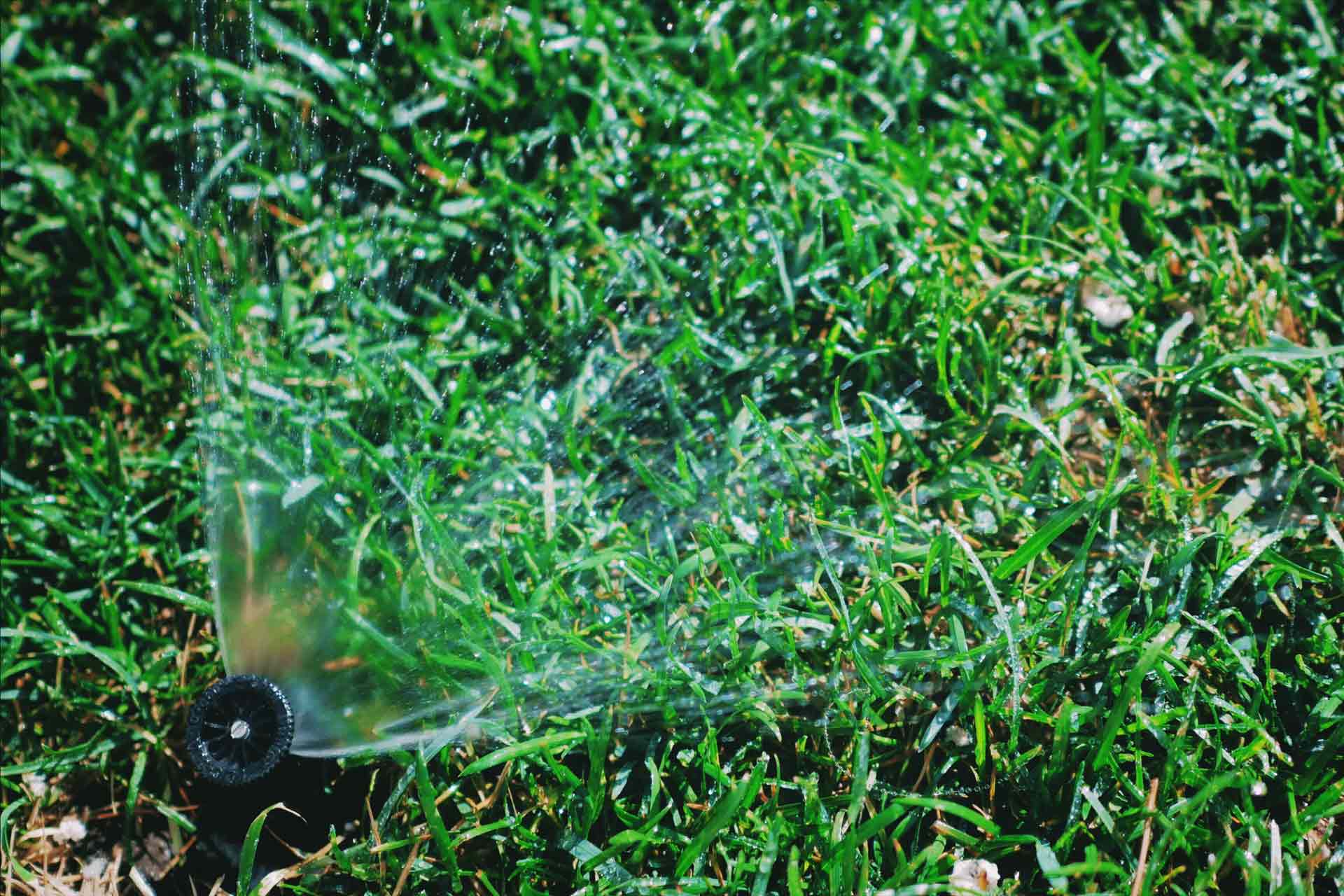
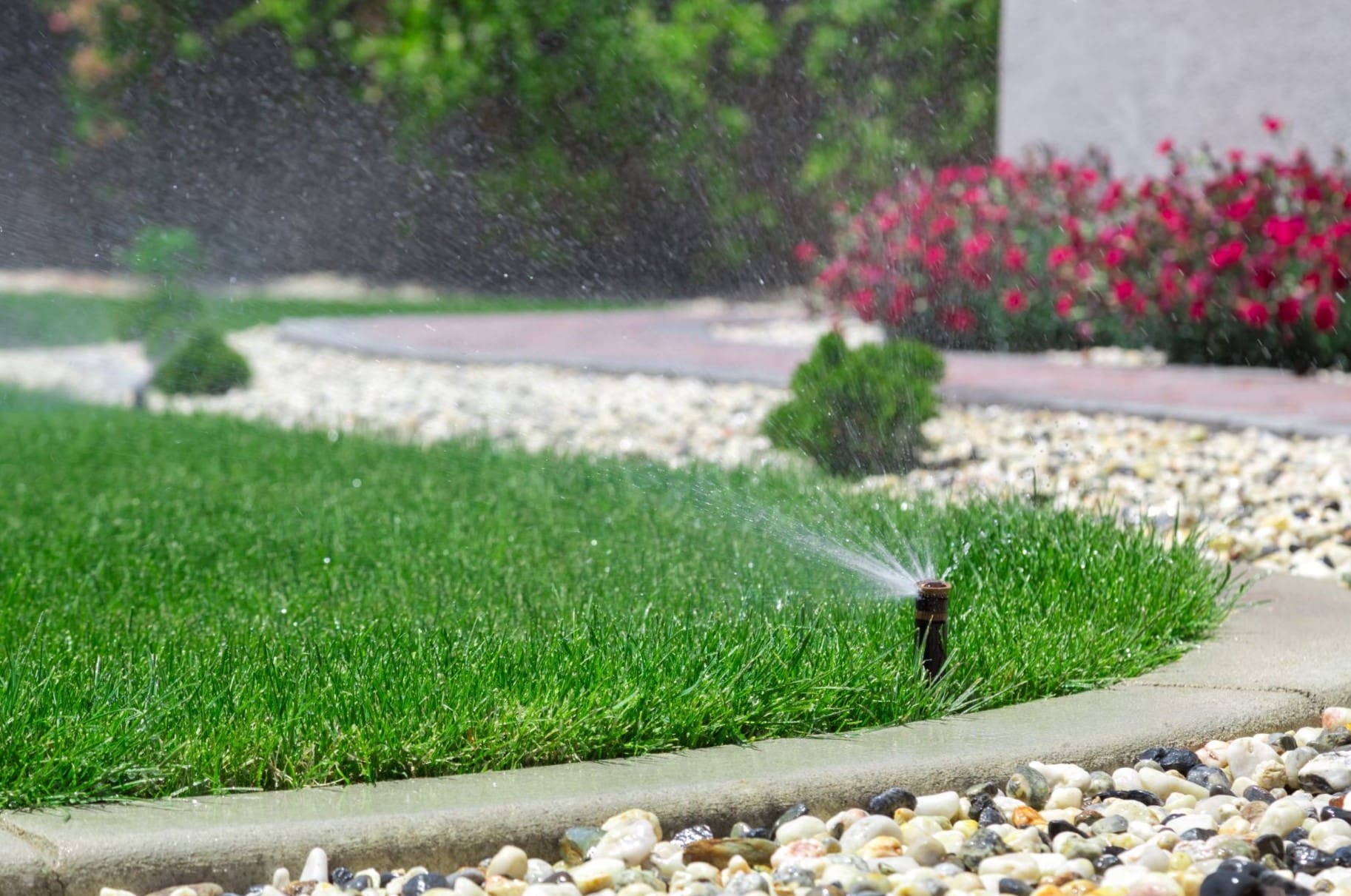
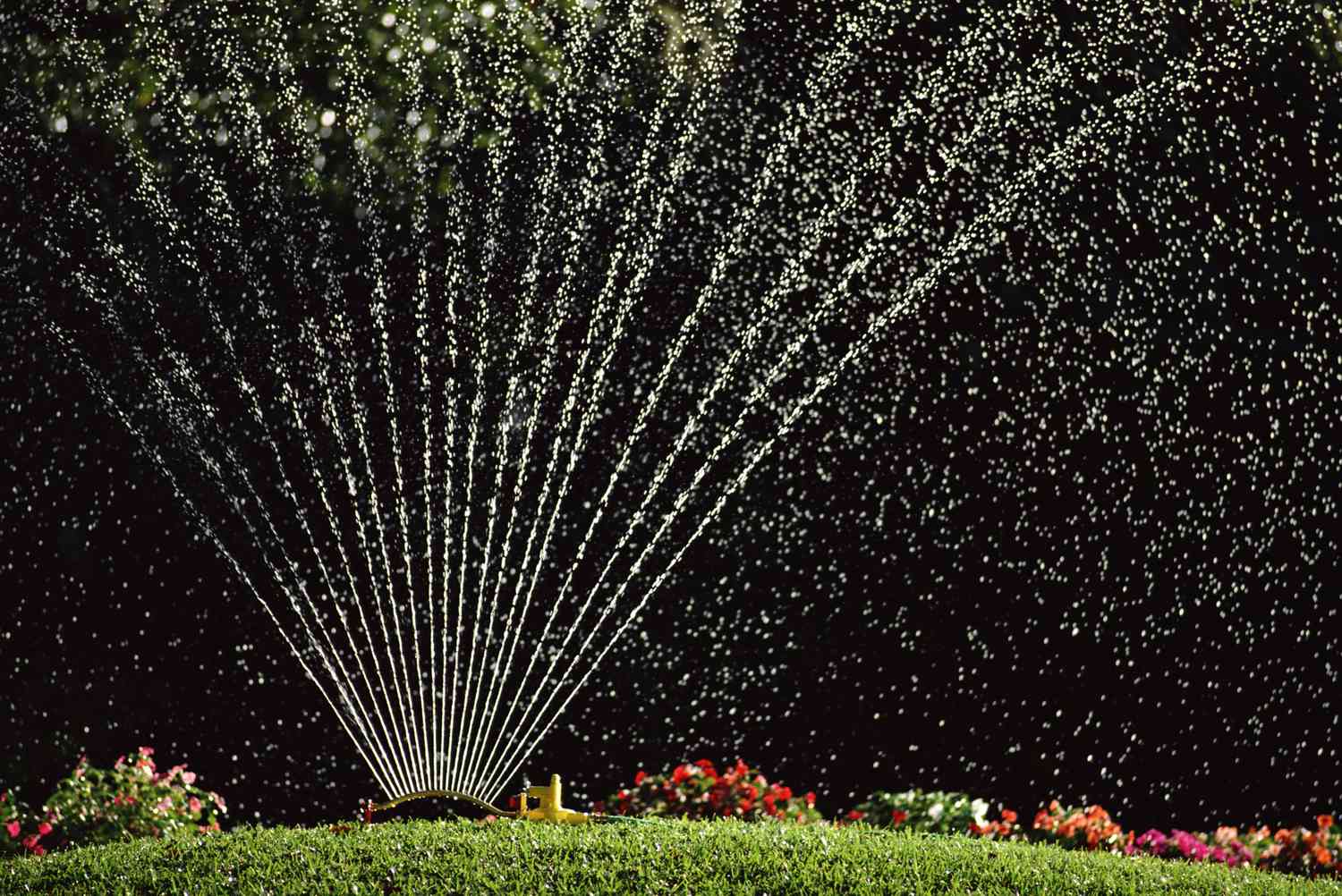
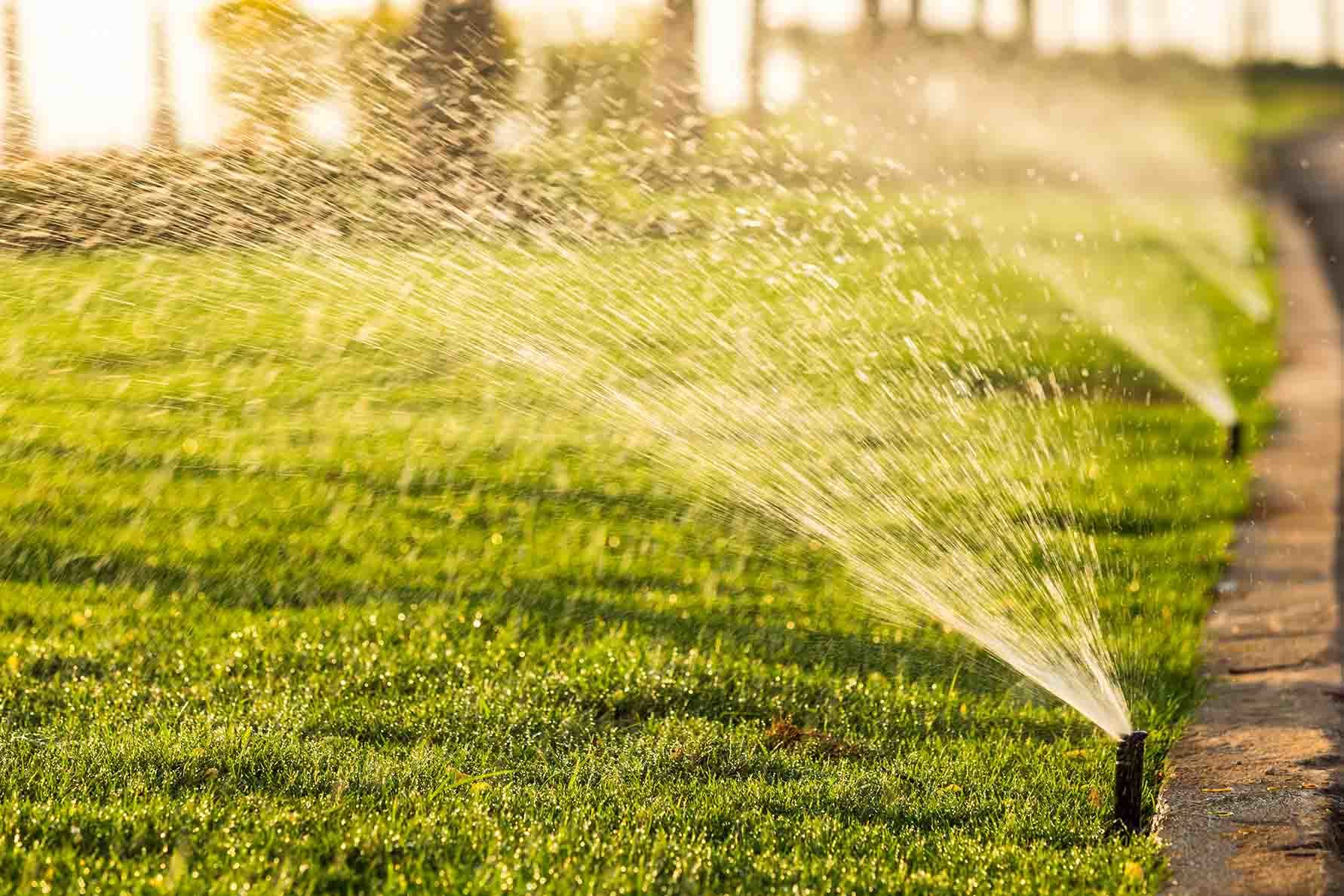
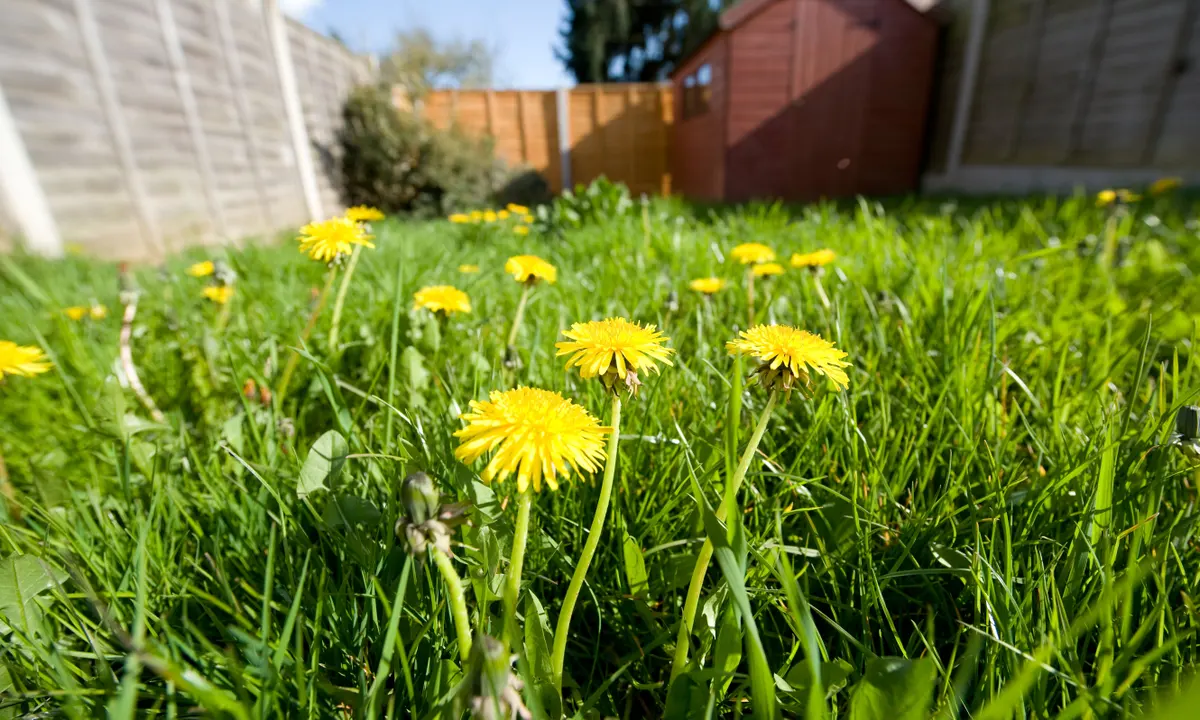
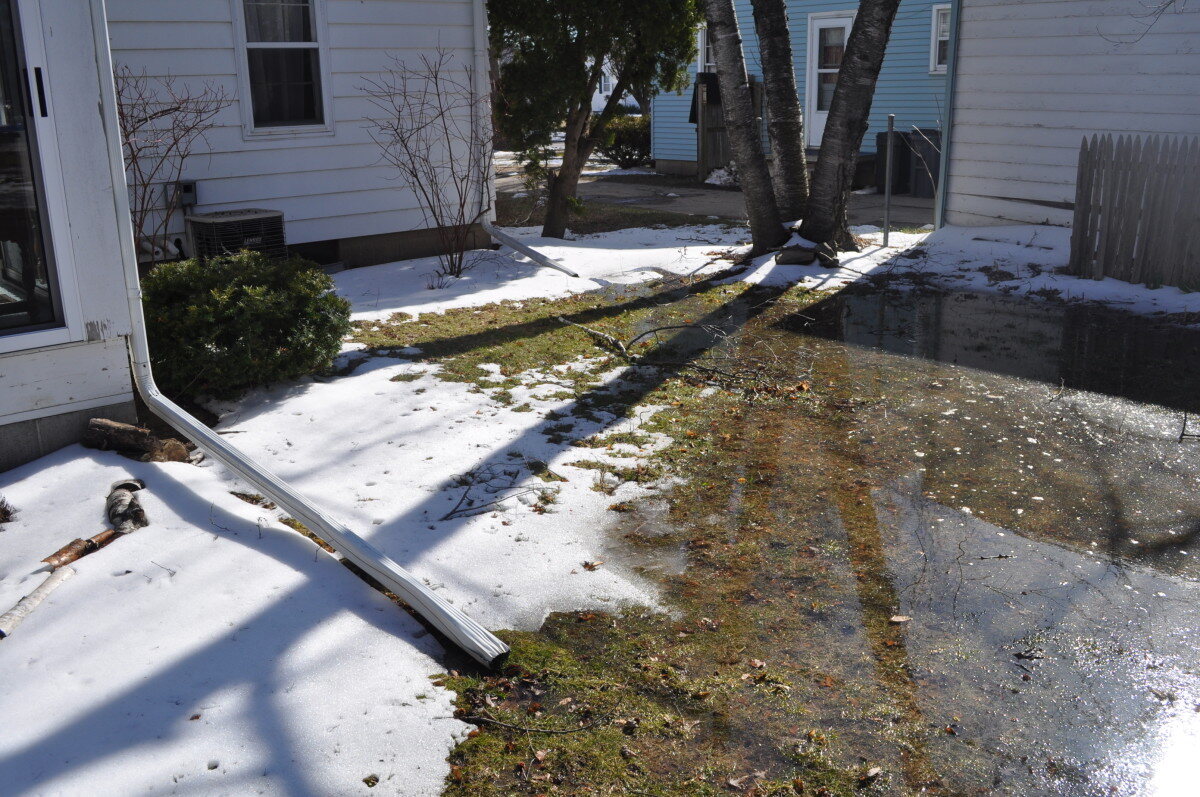

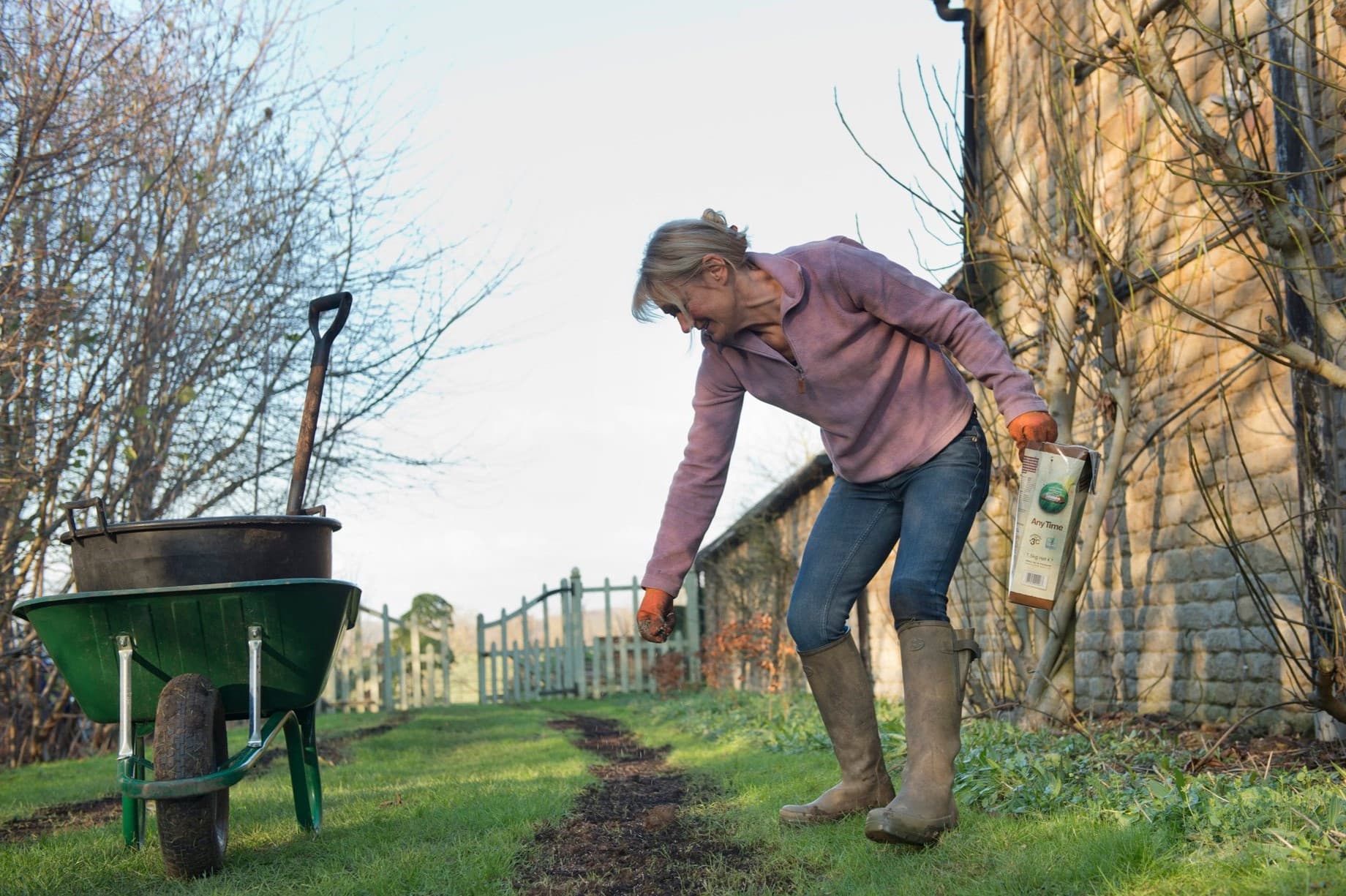
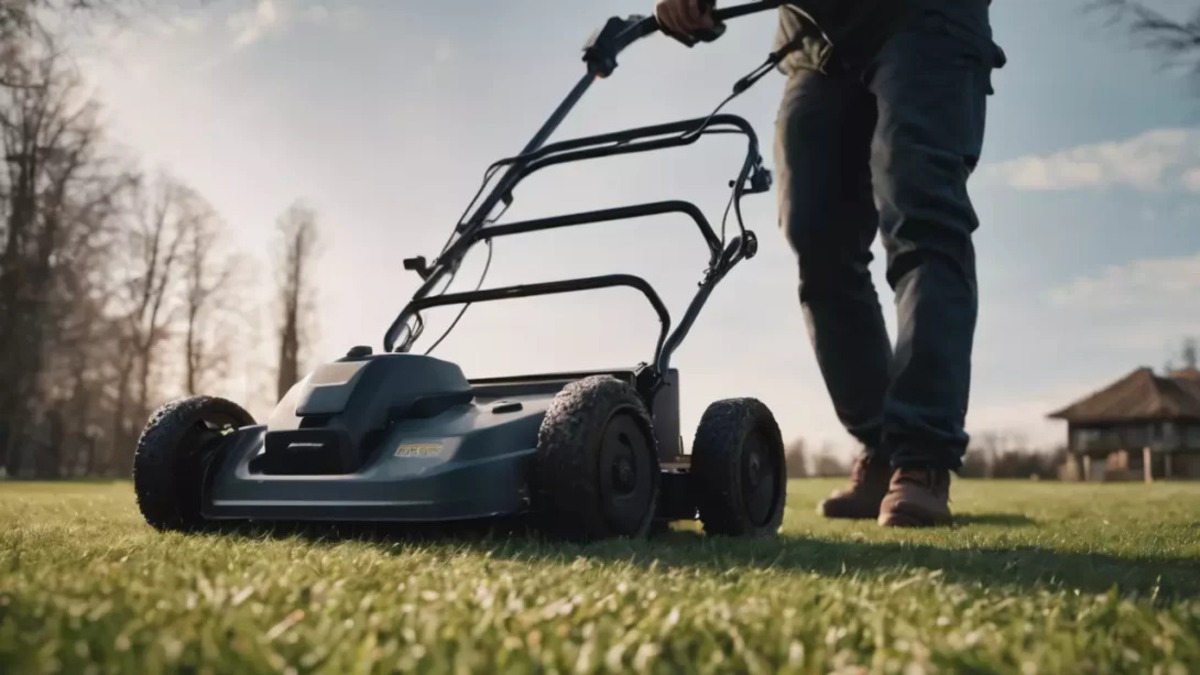
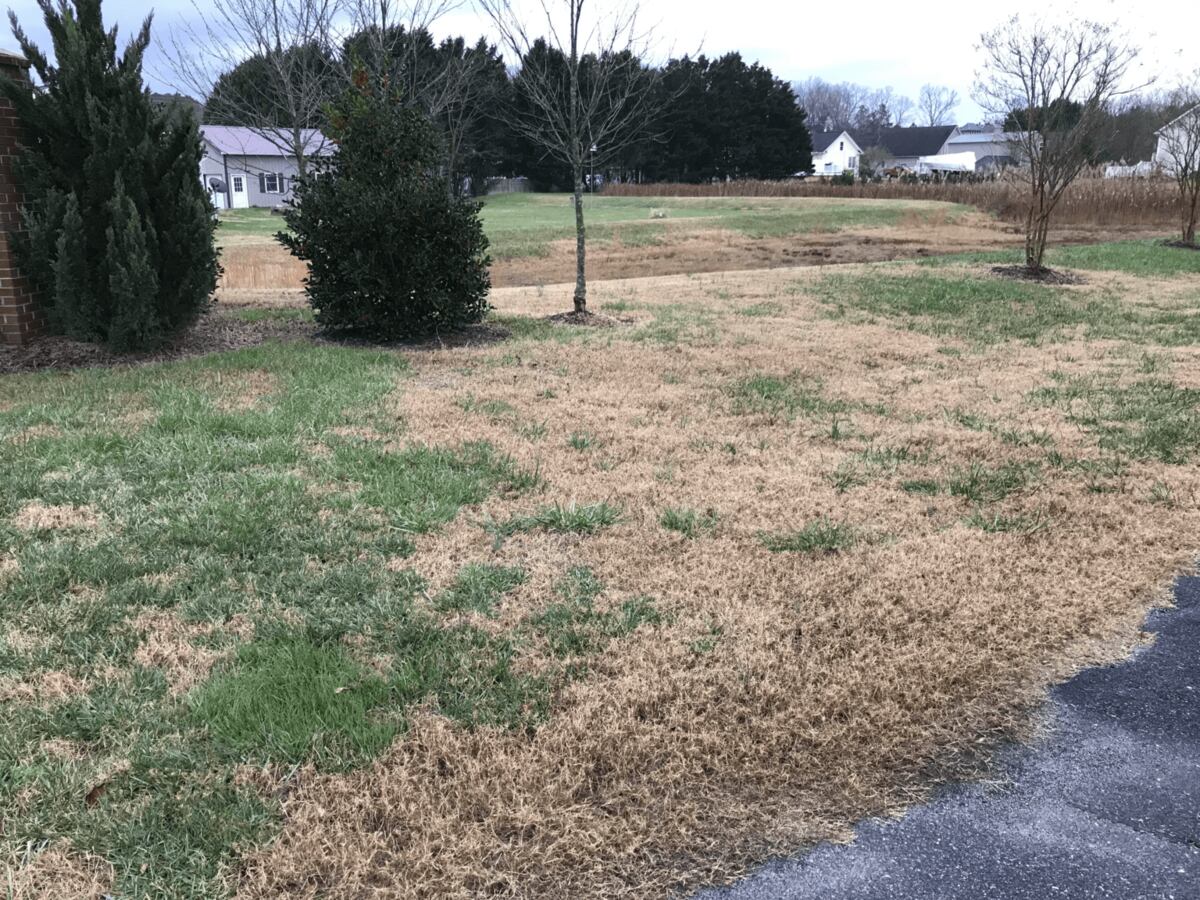
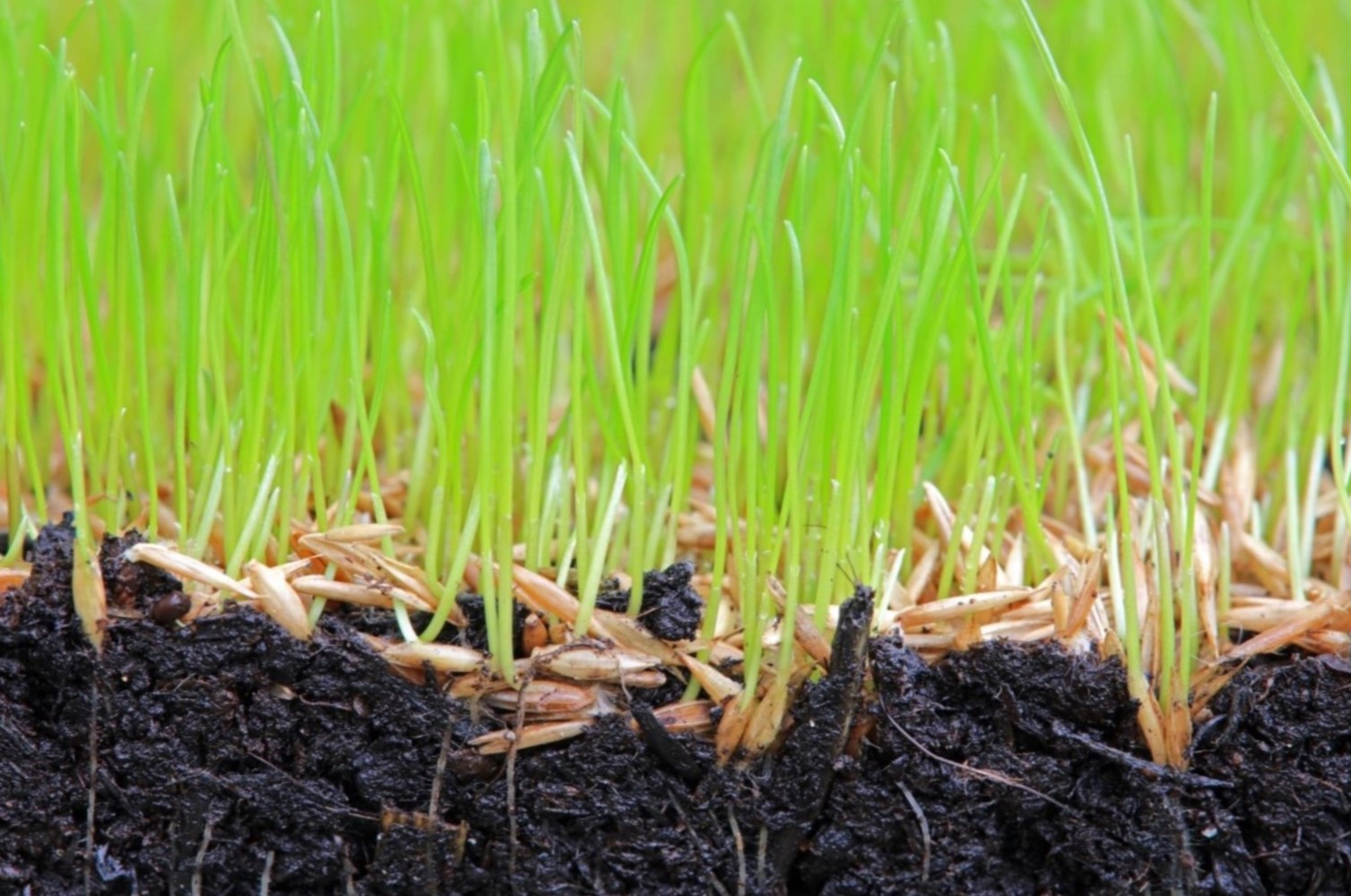
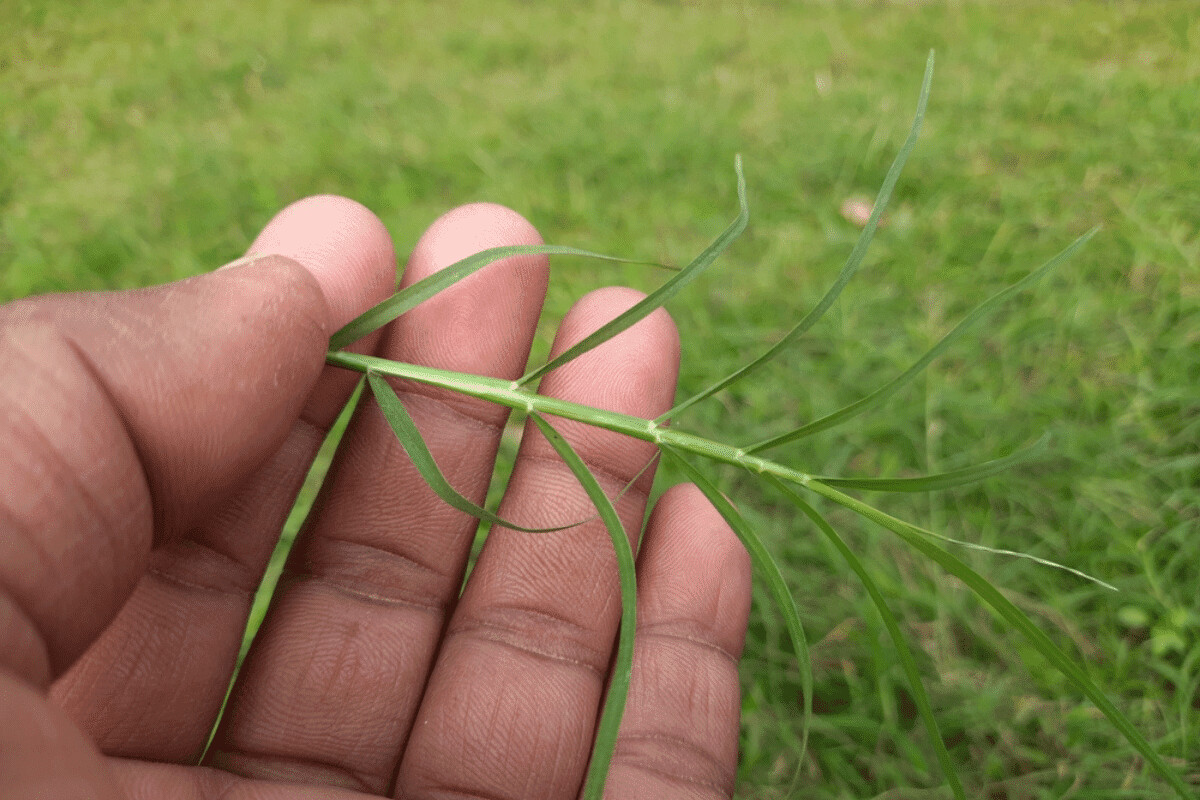
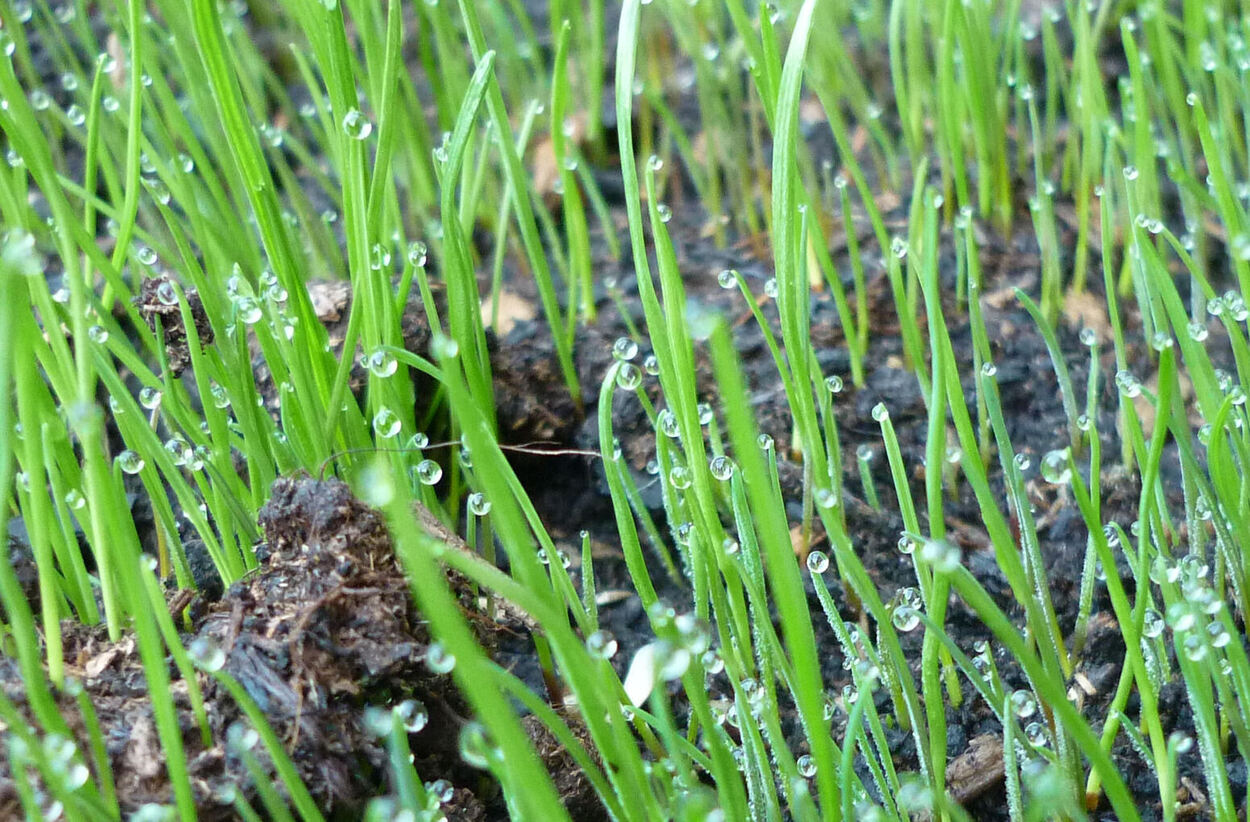
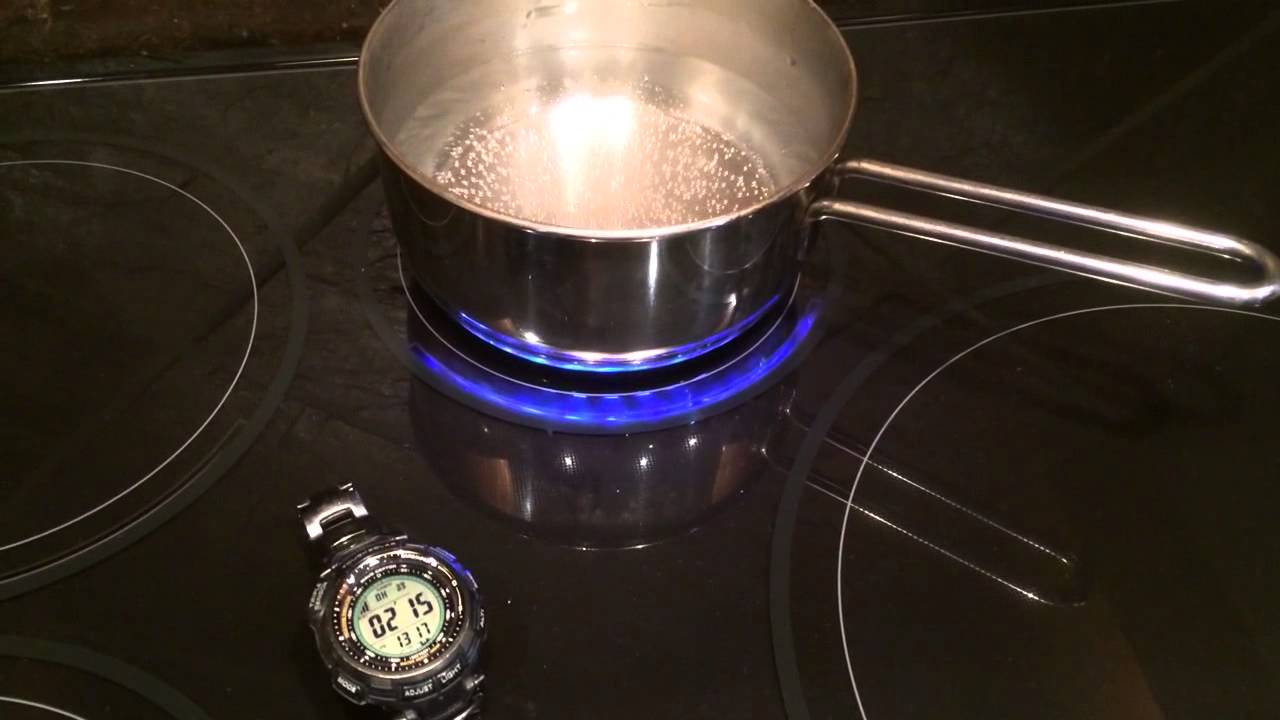
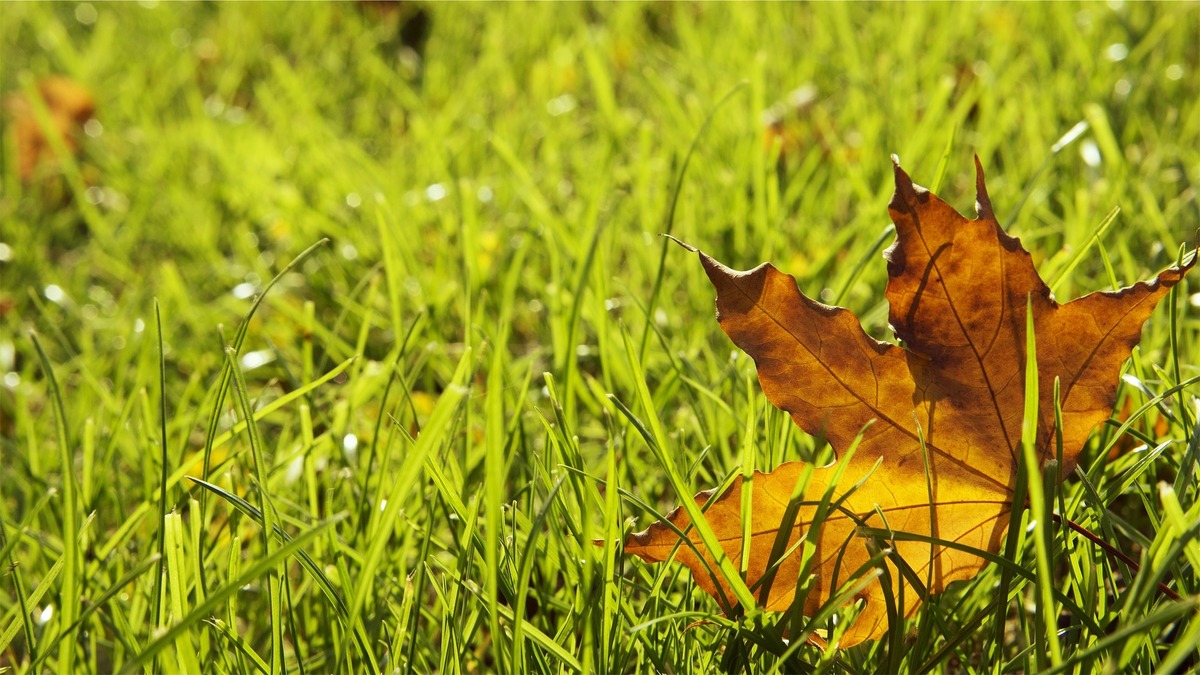

0 thoughts on “At What Temperature To Stop Watering Grass”